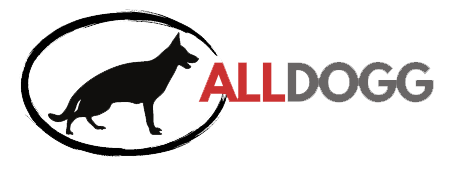Did you know your dog’s nose is more than just a tool for sniffing out treats and exploring the world? It can also serve as a window into their overall health.
As pet owners, we often observe our dog’s behavior, appetite, and coat to ensure they’re in top shape. But did you know that your dog’s nose can tell you a lot about their physical condition? Paying attention to your dog’s nose can help you catch signs of illness or discomfort early. Here’s how to keep your dog’s nose healthy and what to look for when assessing their well-being.
What Should a Healthy Dog Nose Look Like?
In general, a healthy dog’s nose is moist, cool to the touch, and often has a slight sheen. Dogs naturally keep their noses moist by licking them, which helps enhance their sense of smell. While many people believe that a warm or dry nose is always a sign of illness, this isn’t necessarily true. A dog’s nose can become dry or warm temporarily due to factors like weather, sleep, or dehydration. It’s important to focus on long-term changes rather than momentary fluctuations.
Signs to Watch For
If your dog’s nose changes in appearance or texture for an extended period, it could indicate underlying health issues. Here are a few things to watch for:
Dry, Cracked Nose: A dry nose isn’t always a cause for concern, but if your dog’s nose appears excessively dry, cracked, or flaky, it could be a sign of dehydration, sunburn, or certain skin conditions. Older dogs, in particular, can develop a condition called hyperkeratosis, where the nose becomes overly dry and crusty due to excess skin buildup.
Discharge from the Nose: Clear, watery discharge can be normal, especially if your dog is excited or has been sniffing around. However, thick, yellow, green, or bloody discharge can be a sign of an infection, allergies, or respiratory issues.
Color Changes: While many dogs have naturally pigmented noses, sudden changes in color (such as a black nose turning pink) could indicate conditions like vitiligo, allergies, or even autoimmune diseases. Be sure to consult a vet if you notice any unusual color shifts.
Warm Nose for Extended Periods: As mentioned earlier, a dog’s nose can fluctuate between warm and cool throughout the day. However, if your dog’s nose remains unusually warm for a prolonged period and is accompanied by lethargy, vomiting, or loss of appetite, it could be a sign of fever or illness.
How to Keep Your Dog’s Nose Healthy
Stay Hydrated: Make sure your dog has access to fresh water at all times. Dehydration is one of the most common causes of a dry nose, especially on hot days or after vigorous exercise.
Use Dog-Safe Moisturizers: If your dog’s nose is consistently dry or cracked, you can apply dog-safe moisturizers or balms. Avoid using human lotions, as they may contain ingredients that are harmful to pets.
Protect from the Elements: Just like human skin, your dog’s nose can be sensitive to sun exposure. If your dog spends a lot of time outdoors, especially in the sun, consider using pet-safe sunscreen to protect their nose from burns.
Regular Vet Checkups: Routine checkups with your vet are important to ensure your dog’s nose and overall health are in great condition. A professional can spot issues early and provide treatments if necessary.
Your dog’s nose plays a vital role in their life, helping them explore their environment and interact with the world. While it’s normal for their nose to change temperature or moisture levels throughout the day, long-term changes can be a sign of a health issue. By paying attention to the condition of your dog’s nose and ensuring they stay hydrated and protected, you can help maintain their overall health and happiness.


